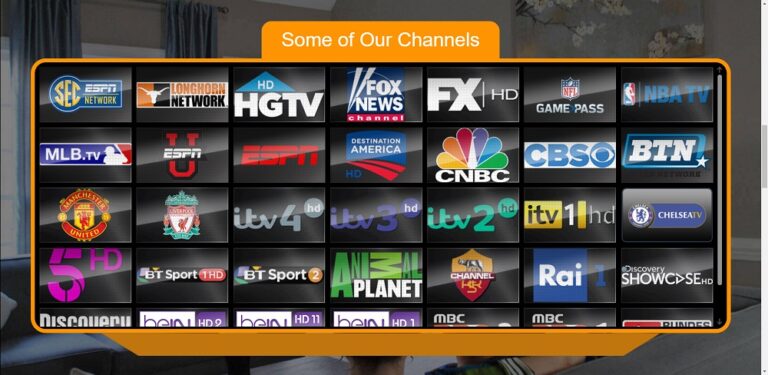Online streaming is one of the terms we come across a lot when dealing with online video streaming, and one of the terms we hear is IPTV or Internet Protocol Television.
As the industry moves away from traditional broadcasting methods such as cable TV or satellite TV, to internet based streaming, Internet based TV (IPTV) plays an increasingly important role in powering this transition between traditional broadcast methods and internet based streaming, which is currently experiencing a paradigm shift in comparison to traditional broadcasting methods.
It has been noted that customers are very much concerned about accessing content, but may not care so much about owning it. This is where IPTV comes in to solve the problem.
It is the goal of this document to provide a deeper understanding of IPTV, including its architecture, its workings, the types of IPTV services currently available, and how this technology can be used to benefit society in the coming years.
Also read: Nordic IPTV
IPTV – what is it?
The Internet Protocol Television (IPTV) acronym is an acronym for Internet Protocol Television, which means that television programs or videos are available on the Internet over the Internet, and can be viewed continuously or on demand.
A system in which digital television services are delivered to subscribers over the internet or via broadband is referred to as Internet Protocol Television.
There is a slight difference between video embedded on YouTube and Netflix, which is the kind of video seen by millions of people each day, and the kind of video embedded on YouTube which is accessed by millions of people each day. Although, it is not as common as it used to be, it is not as common as it used to be. In contrast to cable and satellite connections, IPTV subscriptions can be accessed by multiple TVs throughout the home at the same time, as opposed to cable and satellite connections.
Furthermore, IPTV offers a variety of Live TV programs that viewers can choose to watch whenever and wherever they wish. Because of this, IPTV also provides viewers the convenience of watching any Live TV program that is currently playing on screen.
It can be said that satellite and cable each function in the similar way, as they both provide their users with access to a wide variety of channels within a broadcast signal, the major difference being that cable uses a wired connection, whereas satellite relies on wireless (until it reaches your home, for example).
A cable provider such as Time Warner Cable, who uses a coaxial cable connection to deliver TV, is an example of a cable television provider, whereas a satellite provider like DirecTV is an example of a satellite provider, who uses radio waves to deliver TV.
IPTV is a technology that uses networking based on the Internet Protocol (IP) to enable television channels to be delivered over the Internet. Even though Internet networks and cable and satellite systems use the client-server model, there are many differences between these networks and other internet-based services like email or websites, including the fact that the content is provided by the same client-server model.
In order to send and receive data packets from one computer to another across the Internet, computers that are connected to a network use a language called Internet Protocol.
As we will be discussing in this blog, one of the most important reasons for IP to be used over the Internet is to transfer data packets.
The Internet Protocol (IP) based network is used by consumers to access TV shows and video content. As opposed to using cable or satellite systems for delivering the content to the consumer directly, the Internet Protocol (IP) networks are now used to deliver the content directly to the consumer. The user can store their programs on servers located at the sending end of the transmission line, enabling them to access them at any time regardless of the time at which they are broadcast. Unlike cable or satellite, which broadcast content in real time at a transmit and forget model, this is not the case with cable or satellite.
What is IPTV and how does it work?
Comparing IPTV with traditional channel surfing, IPTV is more similar to browsing the internet rather than surfing the web. By using a transport protocol to ensure that these videos are delivered to the viewer, the Internet protocol, also known as IP (Internet Protocol), delivers the videos to the viewer. Whenever he or she clicks on any TV program or requests a video from any server, the viewer is required to split up the video into packets and send them over the Internet each time he or she clicks on any TV program or requests a video from any server.
By way of high-speed internet connections, video servers transmit programs to existing households using fiber-optic cables. By sending out requests through these connections, video servers deliver the shows to households.
Read More: What Is Real Stream? How Real Stream Works. A Complete Guide About It.
Apart from that, if you are interested to know about Advantage of VPN Industry Network Solution? then visit our Technology category.
